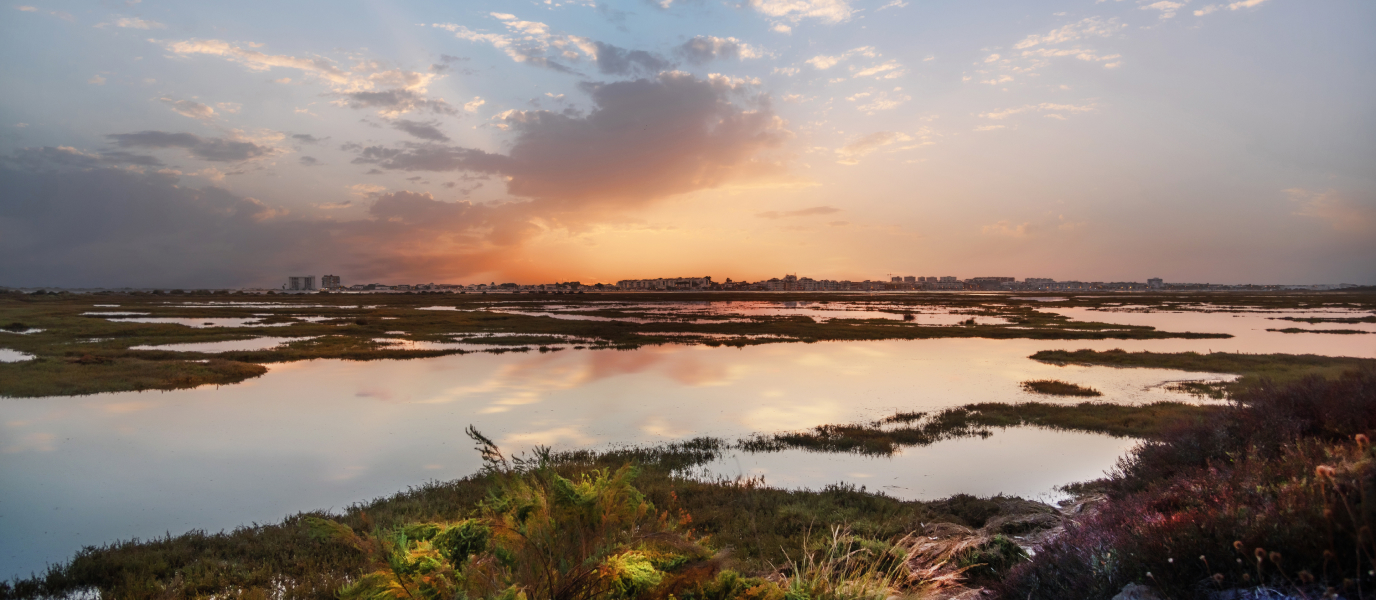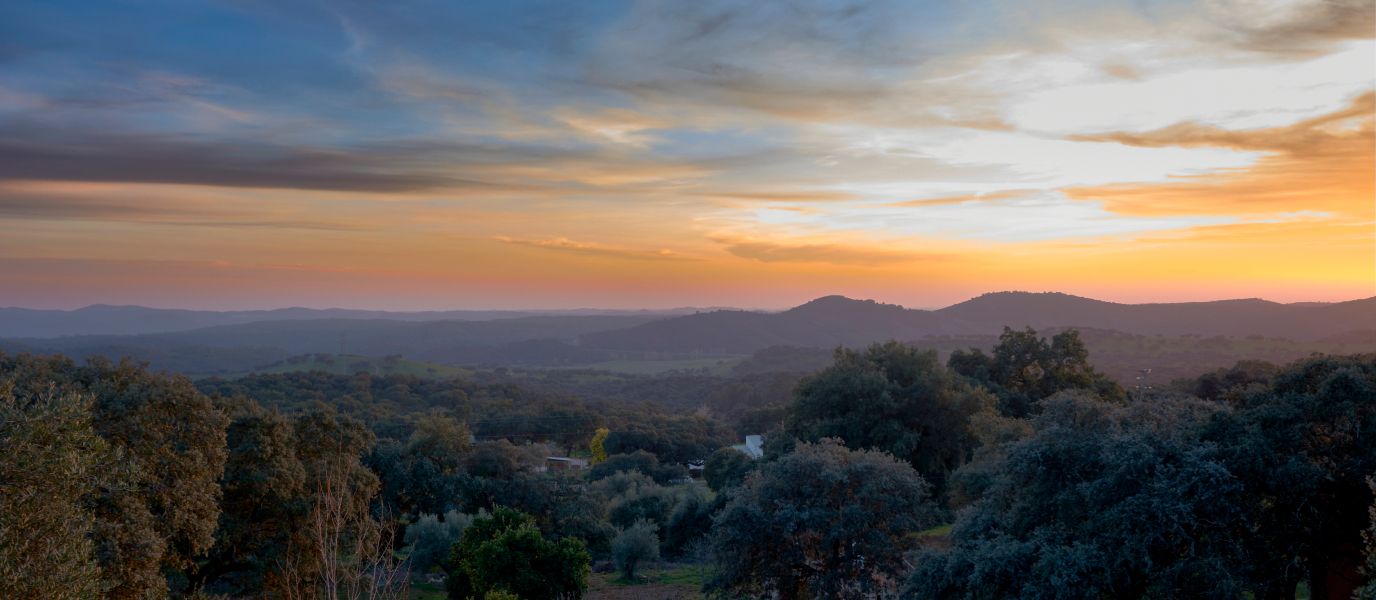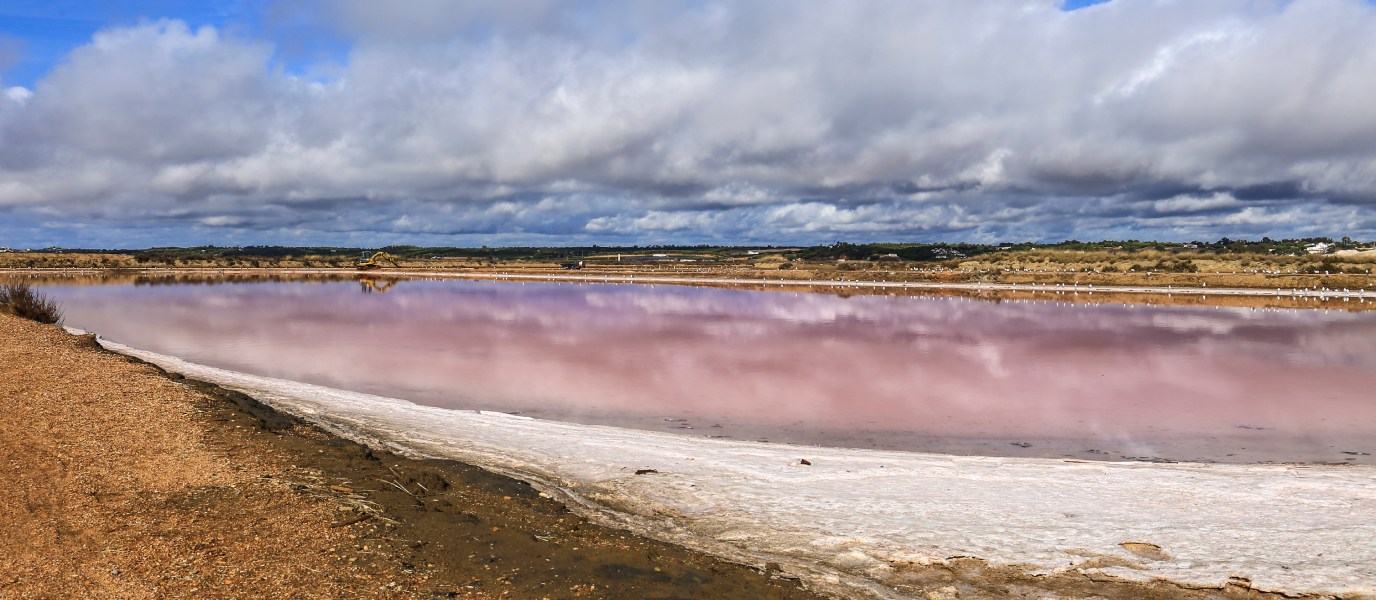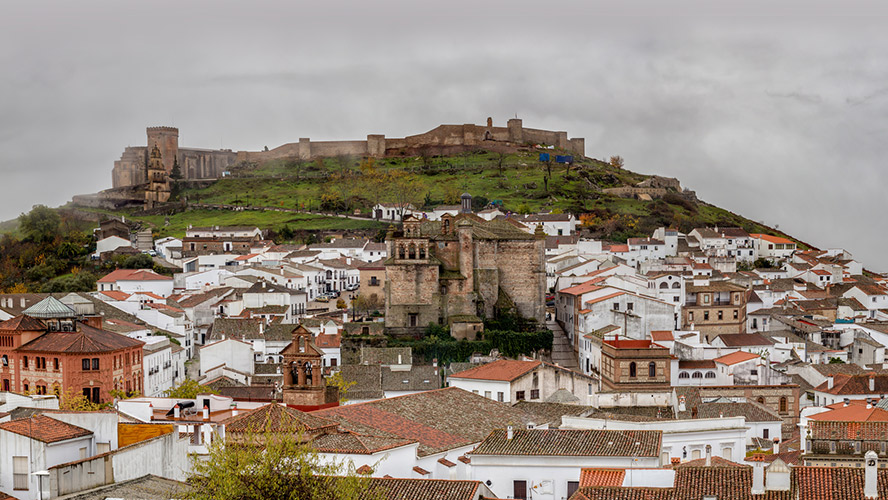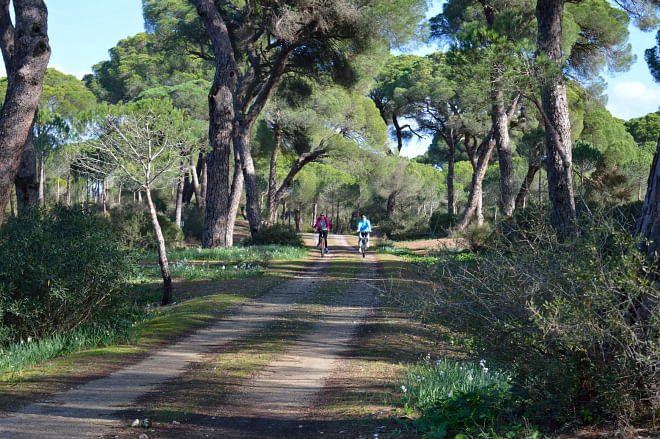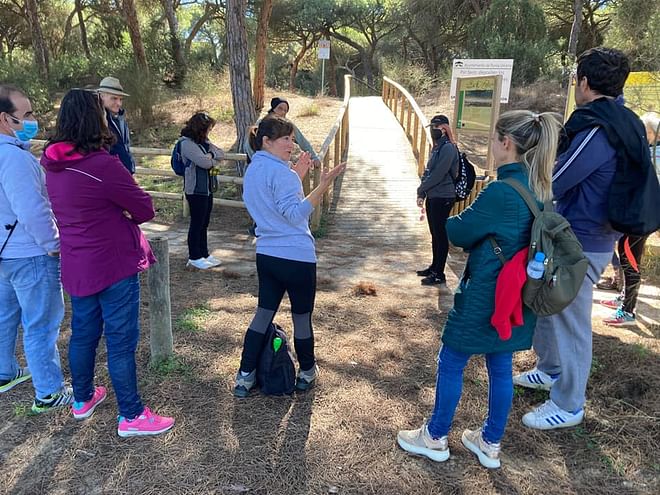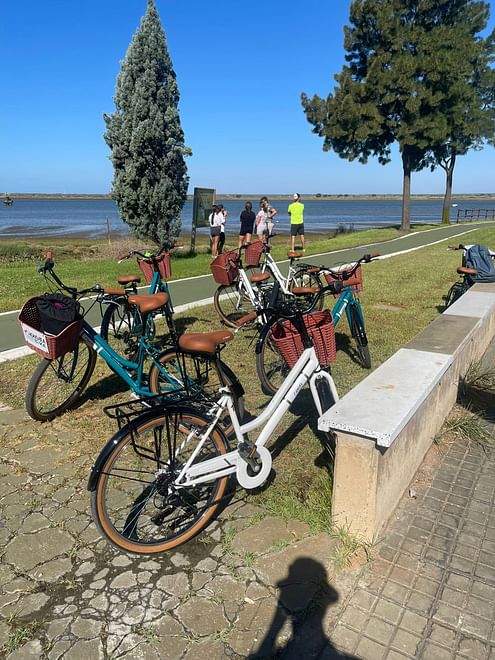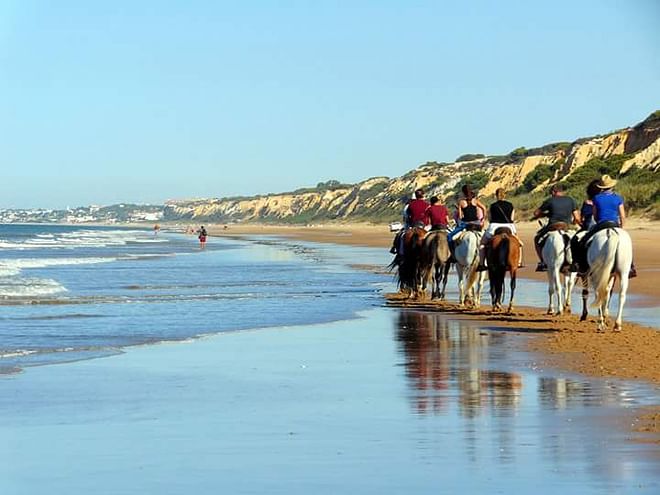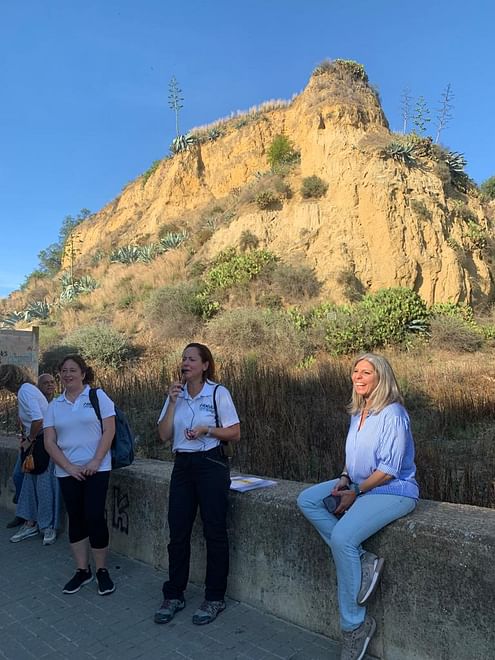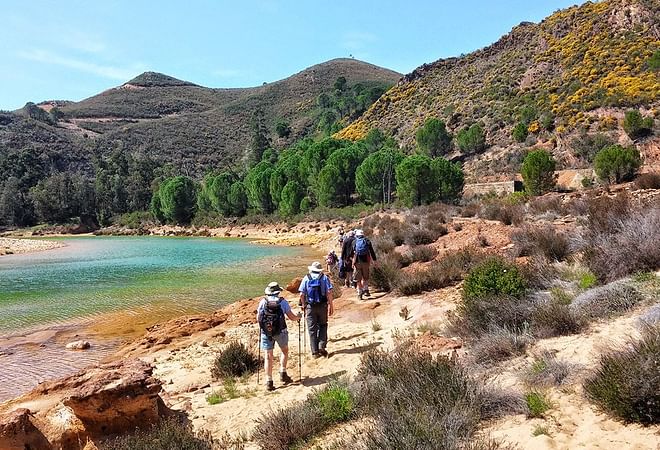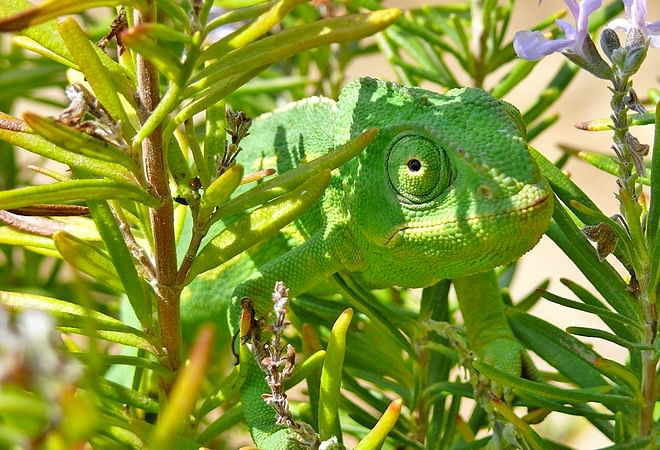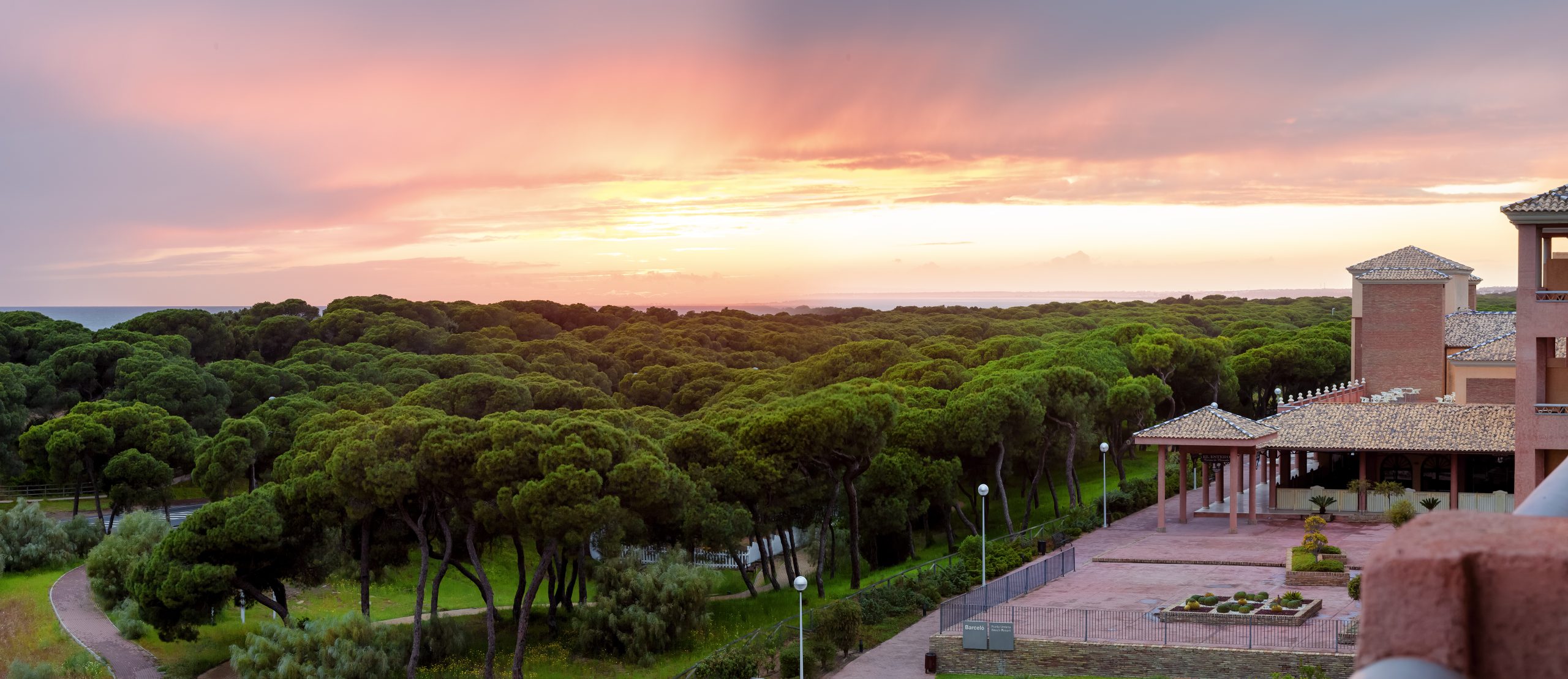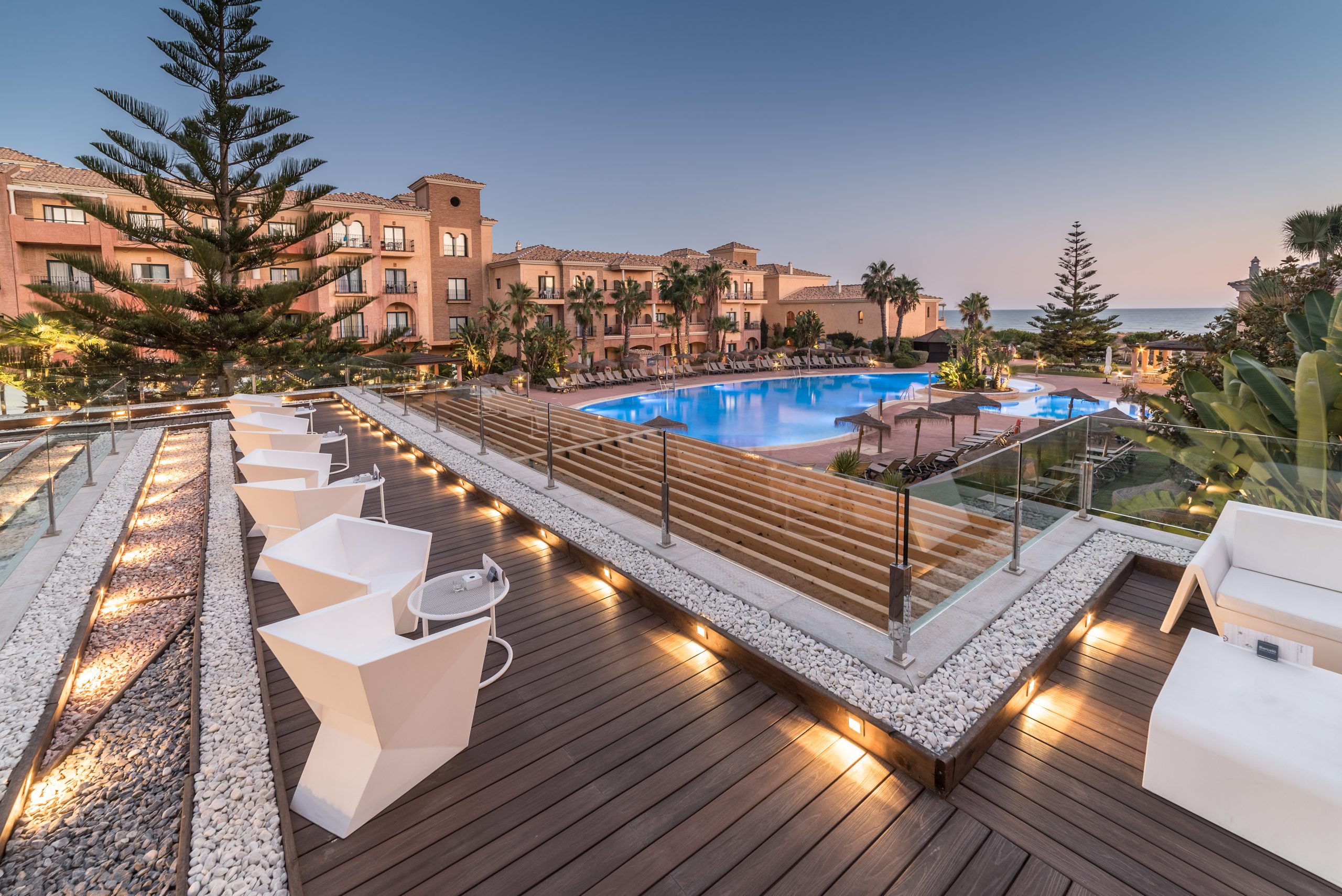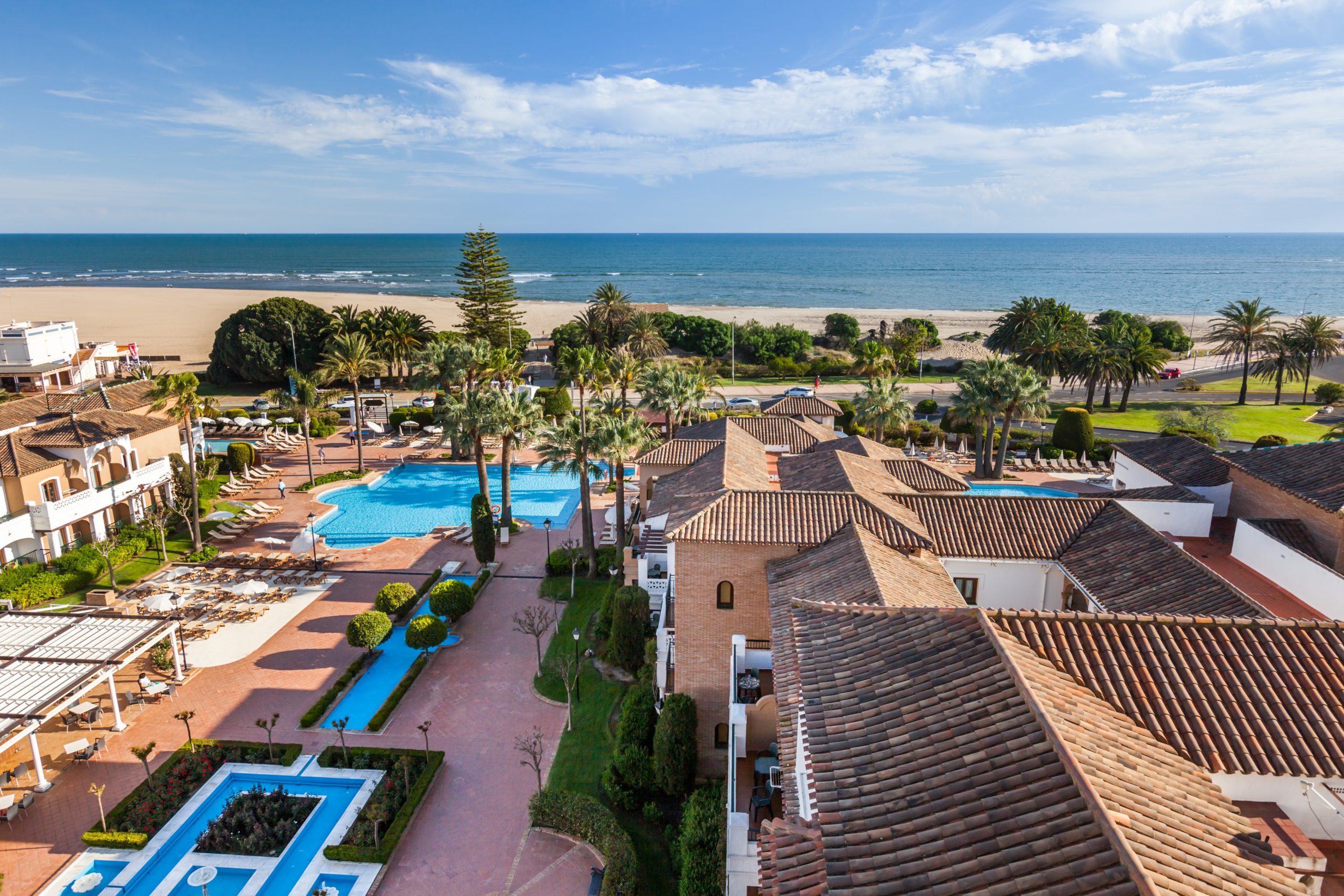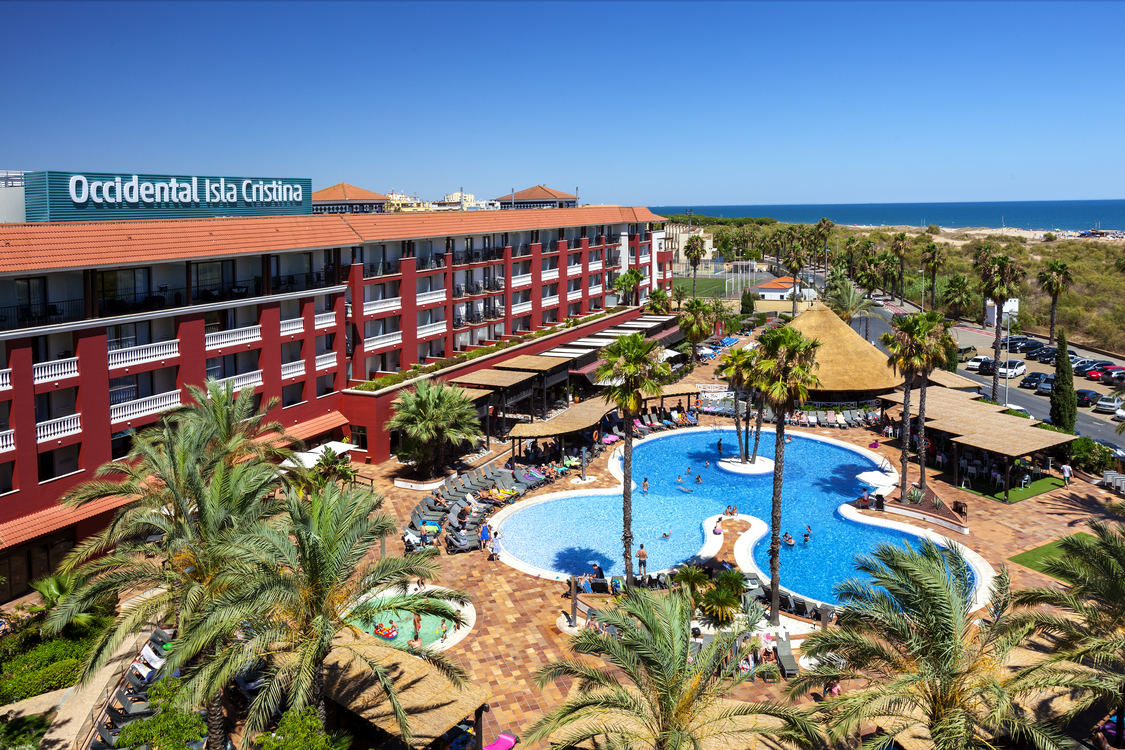The Odiel Marshes are an important natural enclave in Huelva province, a place of singular beauty, crucial to the flora and fauna of the south-east of the Iberian Peninsula.
This marshland is a UNESCO Biosphere Reserve, and a Special Protection Area for Birds, two factors that account for the importance and biodiversity of the area.
The Odiel Marshes are an ornithological paradise where lots of migratory birds stop on their way from Europe to Africa. But the singular beauty of these marshes here in Huelva also stems from their flora and natural features.
If you’re into hiking and nature, a visit to the Odiel Marshes is something well worth doing in Huelva province.
The Odiel Marshes: a must-see estuary
The marshes form at the estuary of the Odiel and Tinto rivers, where the two converge just before opening out into the Atlantic. The sediment forged by that estuary is full of nutrients, a major source of food for birds and other species.
The marshland is also noted for its variety of landscapes, apart from the marshes. Visitors will come upon lagoons, salt mines, beaches and woods at different points of the protected natural area, which are vital for many flora and fauna species.
A walk through the Odiel Marshes: key points of interest
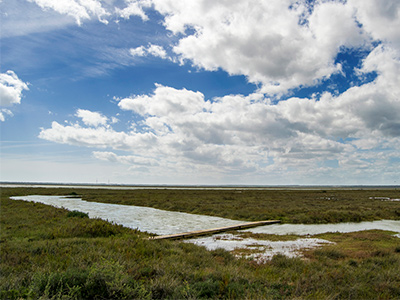
There are several well established trekking routes through the Odiel Marshes. If you set off from the Anastasio Senra Visitors’ Centre, at the entrance to the protected natural area, you can do the El Acebuchal, El Almendral, La Cascajera or Calatilla de Bacuta routes, among others, which lead towards different points of the marshland and several bird observatories.
There are four observatories within the entire area, where you can watch these birds in their natural habitat, listening to their song and taking in the beauty of the landscape.
You can also go through the Odiel Marshes on a tourist train or by boat; the latter departs from the ports of Punta Umbría and the Canoas de Huelva jetty.
Furthermore, as you’ll see later, there are several very interesting places within the protected natural area of the marshes.
La Isla de Enmedio
One of the main enclaves of the area, declared a Natural Reserve, and located within the marshes, where herons, egrets, storks, mallards and spoonbills – the latter a species in danger of extinction – lay their eggs. Many other species – chameleons, flamingos, cormorants, seagulls – come to this islet, located within the marshes, to hibernate.
Marisma del Burro
On the northern tip of the protected natural area, heading up the Odiel, near the city of Huelva, lies the Marisma del Burro Natural Reserve. It is one of the best conserved ecosystems in the marshlands. The most representative species here is the spoonbill, that bird with its characteristic flat beak. It is home to 30% of all the spoonbills in Europe. You are also likely to come across fishing eagles, eaglets, cranes, herons and storks.
Playa del Espigón
The Odiel Marshes turn sandy as they reach the Atlantic. The protected natural area extends outwards between the Odiel and a channel along the marshland, like a long, thin barrier that seems to lengthen the continental coast of Huelva. Playa del Espigón takes up all of that outer strip, which overlooks the ocean, forming a stunning sand barrier that reaches out as if to protect Mazagón and the port of Huelva.
The sandspit is some 2,500 metres long, and can be accessed via the same road that enters the protected natural area and is an excellent beach for surf lovers.
The Odiel Marshes Visitors’ Centre
The Anastasio Senra Visitors’ Centre is at the entrance to the protected natural area, near the salt mines. An exhibition on the marshes is on at the building, giving details about how they were formed, their dynamics and their importance to the survival of many species.
You can also get to know something of the historic heritage found in the region, all about Tartessos and Saltés, not to mention information on the ‘Discovery of America’.
Visits to the marshes can also be organised from The Visitors’ Centre.
The Taifal Kingdom of the Bakrids
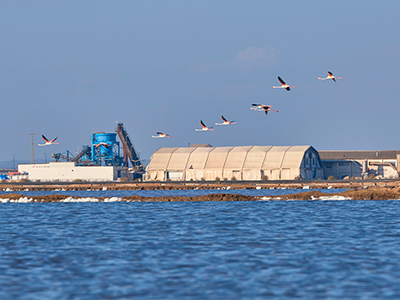
On top of all the natural heritage, the Odiel Marshes are also a haven of much historic heritage. The archaeological site of the historical city of Saltish is on the other island, Isla de Saltés. That Islamic town became the capital of The Taifal Kingdom of the Bakrids in 1012, until it was absorbed into The Taifa of Seville in 1052.
Remains of a Moorish citadel, (residence of Abd Al-Aziz Al Bakri) have been found here, and it is estimated that what has actually been unearthed is less than 5% of the total surface area of the city.
Prepare your visit to the Odiel Marshes
The marshes are located at the confluence of the Odiel and Tinto rivers, at the estuary formed where they converge, in Punta Umbría. The protected natural area straddles the municipalities of Huelva, Aljaraque, Gibraleón and Punta Umbría.
Though a highly protected natural area, the marshes can be visited and are accessible by car (parking facilities available at The Visitors’ Centre), by boat and tourist train.

























































